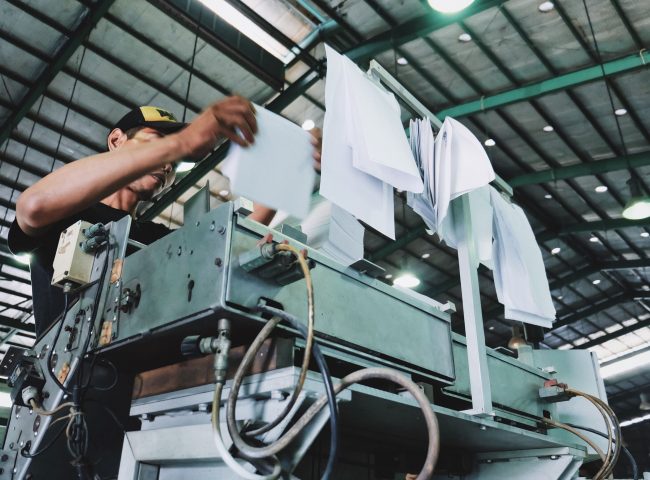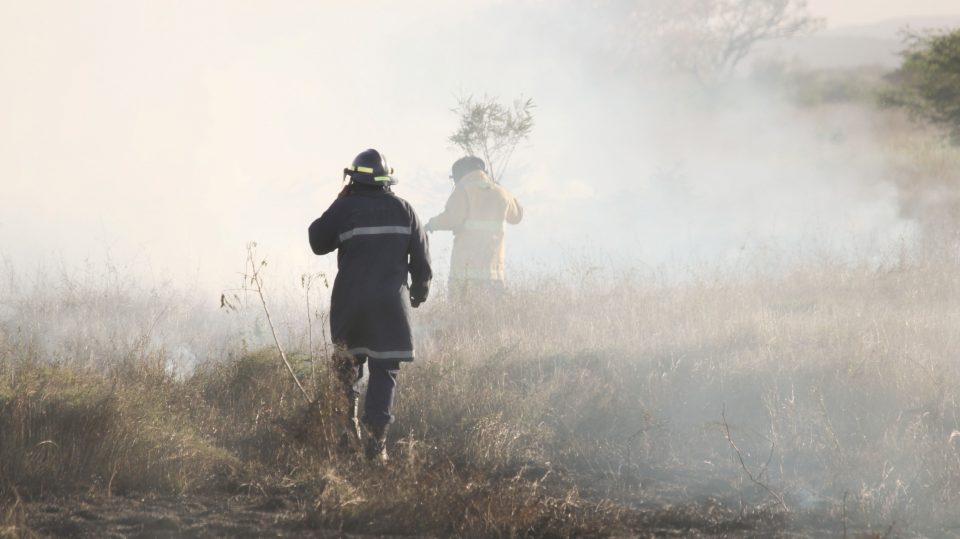Virgin fiber vs. recycled fiber?

Top 5 summer staycation ideas
June 16, 2023
An emergency shelter made from cardboard
June 28, 2023
There are plenty of different arguments on each side about whether you should purchase recycled paper. Where does the truth lie? Should you opt for virgin fiber paper or recycled fiber paper?
In the debate about sustainability, we hear a lot about the need for closed loop processes and the role of recycling in achieving sustainability goals. The paper industry is one of the most closed loop product cycles in the world, with high rates of recycling.
However, the debate around recycled paper isn’t always clear. In this article, we will look at the arguments on both sides to help you determine which is best: recycled fiber or virgin fiber?
The use of recycled fibers in paper making
Europe is the world leader when it comes to recycling paper. In 2020, Europeans recycled 74 percent of the paper consumed. As a result, a greater proportion of recycled fibers are being used in European paper production. In 1991, recycled papers accounted for 40 percent of production. By 2020, recycled fibers made up 56 percent of the material used.
This is great news for sustainability. It helps to reduce waste, so less material ends up in landfill. Paper fibers can be recycled multiple times – so even the products with recycled content can be recycled again.
The practicalities of fiber choice on product quality
However, it is important to note that the choice of recycled vs virgin fibers will impact the characteristics of the paper produced. Some types of paper packaging and the paper used for newsprint can be made with 100 percent recycled fibers.
However, using high quantities of recycled fiber isn’t suitable for all grades of paper. High-grade graphic and art papers can cope with far less recycled content – around 13 percent recycled fiber would be more common for those types of paper stock.
Furthermore, paper made with a high degree of recycled content isn’t appropriate for every use case. For example, recycled paper isn’t used in certain food packaging applications or human medical applications.
Comparing the carbon footprints of virgin and recycled fibers
When it comes to the carbon footprint of recycled fibers vs. virgin fibers the equation isn’t as simple as you might think. During the manufacturing process, virgin pulp requires more overall energy than pulp from recycled fibers. However, the energy used in sawmills and virgin fiber processes tends to come from sustainable biomass sources.
What’s more, the recycling process tends to generate more waste – from inks and other contaminants. By contrast, virgin fiber processing uses the whole tree and recycles over 95 percent of the primary pulping chemicals.
It’s worth also considering the post-production costs too. For example, recycled paper usually absorbs more ink that paper made with a higher proportion of virgin fibers. The cost and footprint of these inks should also be taken into account.
Sustainable forestry: the impact of virgin fiber use
Perhaps the greatest argument for the continued use of virgin fibers is the impact the industry has on sustainable forest management. The demand for virgin fibers to be used for paper manufacturing is helping to protect and even grow the forest coverage in Europe and North America.
Sustainable forestry helps to promote forest growth. For this reason, it’s important to choose papers that bear the FSC logo, so you know any virgin fibers used in the paper manufacturing have come from sustainably managed forests and are helping to protect those forest areas.
Making the right choice: virgin or recycled?
The type of fiber used to produce paper will depend on multiple factors:
- The grade of paper being produced
- The intended market application
- The required functionality
- The emissions produced to acquire the fibers, including production and transport
It’s also worth remembering that, while paper can be recycled multiple times, the quality of the fibers does degrade each time they are recycled. This means that to maintain quality, the fiber stock must be continually replenished with virgin fibers.
What next?
Find more information about paper production and forestry on our blog:




